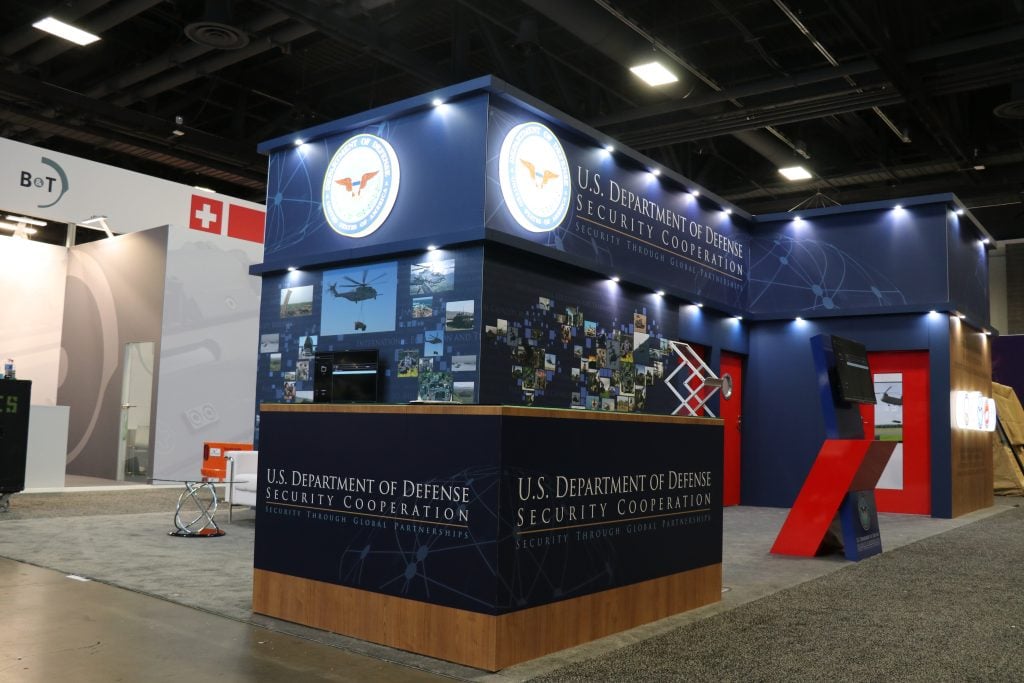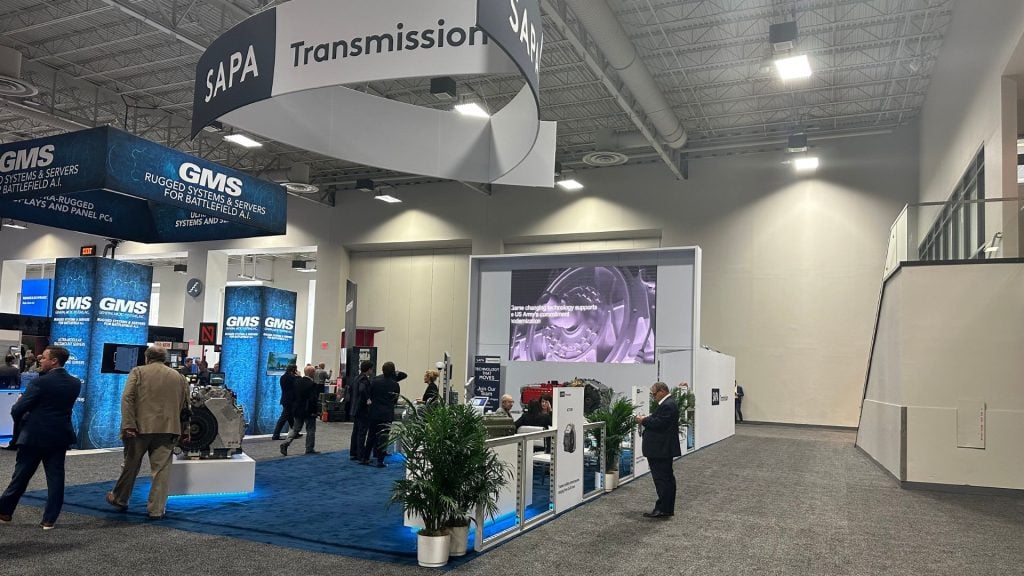
Introduction
In recent years, sustainability has become a key focus across industries, and the events sector is no exception. As trade shows grow in popularity, the environmental impact of these events has garnered increasing attention. More and more, exhibitors are seeking ways to create eco-friendly booths that reduce waste, energy consumption, and carbon footprints. This blog explores the growing trend of sustainable exhibit design, why it matters, and how businesses can implement green practices to make their trade show presence more environmentally responsible.
1. Why Sustainability Matters in Trade Shows
Trade shows are massive events, often involving hundreds or even thousands of booths, with each one typically requiring large quantities of materials, energy, and resources. From the construction of booth displays to the transportation of materials, the environmental footprint of these events can be significant.
As sustainability becomes a growing concern, many organizations are realizing the importance of reducing their environmental impact. Eco-friendly booth design helps brands align with global sustainability goals and appeals to the increasing number of eco-conscious attendees. Sustainable practices also show a company’s commitment to corporate social responsibility (CSR), which can enhance their reputation among customers, investors, and other stakeholders.
2. Materials Matter: Using Sustainable, Recyclable, and Reusable Elements
One of the most effective ways to make your booth more sustainable is by carefully selecting the materials used in its construction. Traditional booths often rely on single-use materials like PVC, plastic, and wood, which contribute to waste and are not easily recycled. In contrast, eco-friendly booths make use of sustainable, recyclable, and reusable materials.
For example, exhibitors can opt for booth structures made from reclaimed wood, bamboo, or recycled metal, which are durable and have a minimal environmental impact. Fabric graphics can replace vinyl banners, as they can be printed on eco-friendly textiles and reused for multiple events. Similarly, modular booths allow exhibitors to reconfigure the same elements for future shows, reducing the need for new materials each time.
By choosing these materials, exhibitors not only help reduce waste but also show their commitment to sustainable practices in their design choices.
3. Energy Efficiency: Powering Booths with Sustainable Energy Solutions
Trade show booths can be heavy energy consumers, particularly when using lighting, screens, and other electronic displays. However, by implementing energy-efficient solutions, exhibitors can significantly reduce the environmental impact of their booth.
LED lighting is one of the most popular energy-saving solutions, offering up to 80% less energy consumption than traditional incandescent bulbs while still providing bright, vibrant illumination. Solar-powered lighting and displays are also gaining traction, especially for outdoor booths or events with exposure to natural sunlight. Solar panels can help power lighting and digital screens without relying on traditional electricity sources, further reducing the booth’s carbon footprint.
Moreover, exhibitors can prioritize the use of energy-efficient electronic equipment, such as low-energy computers, tablets, and interactive displays, to minimize electricity usage throughout the event.
4. Waste Reduction: Minimizing Single-Use Items and Packaging
A major concern with traditional trade show booths is the excessive waste generated from single-use items like brochures, pamphlets, and promotional materials. Exhibitors often print large quantities of promotional content that are distributed to attendees, but much of it ends up being discarded after the event.
To combat this, sustainable booth designs emphasize digital alternatives. For instance, exhibitors can create interactive displays or digital kiosks that provide product information and marketing materials, reducing the need for printed handouts. QR codes can be used to direct visitors to online brochures or virtual product catalogs, ensuring that attendees can access information without creating paper waste.
Exhibitors can also minimize waste by reducing packaging materials. For example, promotional giveaways can be replaced with digital discounts or eco-friendly gifts that can be reused. If physical items are given away, choosing sustainable products, such as reusable water bottles or biodegradable items, can make a significant difference.
5. Eco-Friendly Logistics: Reducing the Environmental Impact of Shipping
Shipping materials to and from trade shows can have a significant carbon footprint, especially when large booths and heavy materials need to be transported across long distances. However, there are several ways to minimize the environmental impact of logistics.
One solution is to consolidate shipments and choose eco-friendly shipping methods. By working with logistics partners who prioritize sustainability, exhibitors can opt for carbon-neutral or low-emission shipping options. Additionally, modular booth systems can be disassembled and packed in a way that reduces the number of shipments needed.
Exhibitors can also consider renting booth materials and equipment locally, rather than shipping items across long distances. Renting eliminates the need to transport large and heavy booth elements, cutting down on fuel consumption and greenhouse gas emissions.
6. Sustainable Booth Design and Branding: Aligning with Your Company’s Values
Exhibiting at trade shows is an opportunity to showcase your brand’s values and personality. As sustainability becomes an increasingly important aspect of modern business, creating an eco-friendly booth is an effective way to align your brand with these values.
Eco-conscious booth designs can incorporate branding elements that emphasize the company’s commitment to environmental responsibility. For example, incorporating natural materials and plants into the booth design can reinforce a green, sustainable image. Additionally, displaying sustainability certifications or eco-labels can communicate to visitors that your company is dedicated to reducing its environmental impact.
By integrating sustainability into the booth’s overall design and branding, you can appeal to an eco-conscious audience while also demonstrating leadership in your industry.
7. The Future of Sustainable Exhibits: Innovations and Trends
As sustainability continues to be a focal point for trade shows, the future of exhibit design will likely see more innovative solutions for reducing environmental impact. Advances in materials science, renewable energy, and waste management technologies will enable exhibitors to create even more eco-friendly booths.
For example, we may see the widespread use of biodegradable materials for booth construction, or the introduction of AI-powered systems that monitor and optimize energy use during events. Virtual and hybrid trade shows are also on the rise, reducing the need for travel and physical booths altogether, which will have a profound effect on reducing the overall environmental footprint of the events industry.
As these innovations emerge, businesses that prioritize sustainability will be well-positioned to lead the way in eco-conscious trade show design, setting a standard for others to follow.
8. Conclusion: Making a Sustainable Impact at Your Next Trade Show
Sustainability is no longer a buzzword—it’s a necessity for businesses looking to reduce their environmental impact and align with global sustainability goals. By adopting eco-friendly booth designs and practices, exhibitors can reduce waste, conserve energy, and create a positive impression on eco-conscious attendees.
From using recyclable materials and energy-efficient lighting to minimizing waste and optimizing logistics, there are countless ways to make your trade show booth more sustainable. By embracing these green practices, you can make a lasting impact at your next event while contributing to the larger goal of a more sustainable future for the trade show industry.


 Global
Global Europe
Europe

